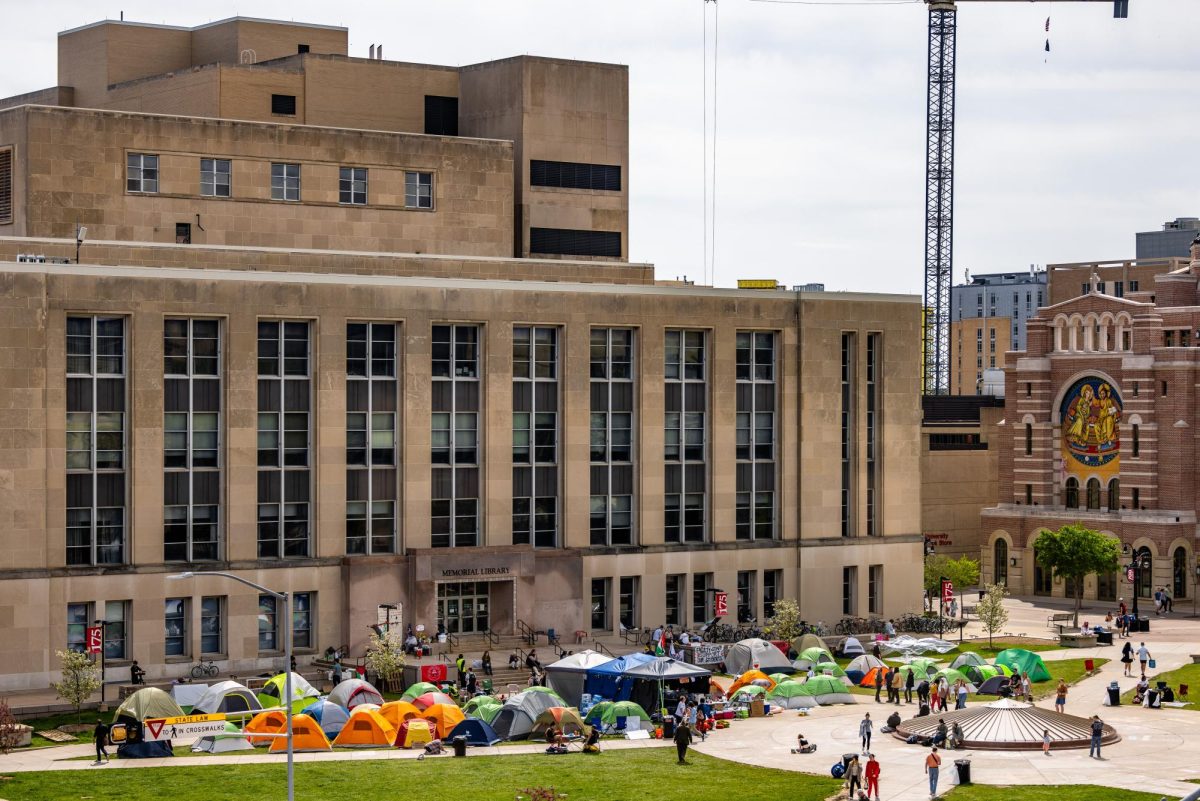You know what really grinds my gears? People who say, “Madison landlords should do a better job of screening tenants,” when they really mean ” Madison landlords should do a better job of keeping out black people.” I don’t think everyone who calls for tighter screening by landlords is a racist, but clearly people are sensitive to the connotations attached to the idea of “screening” tenants. If you ever go to a public meeting where rental housing is discussed, you can almost always feel the awkward pause that precedes any mention of potential tenants, and the guilt of white privilege or some desire to stay politically correct forces the speaker to be careful in their choice of words. “Better screening” or “the right tenants” seem to be the safe picks.
These discussions are now happening in the neighborhoods right next to campus. For many years, an equilibrium has existed between the number of students and the available housing units immediately surrounding campus. Living downtown or near campus has just not been an option for non-students, particularly the poor. For one, only students tend to rent an apartment eight or nine months in advance of their move-in, and even if by some miracle non-students find an apartment downtown, the poor are usually priced out of it. In the past few years, this equilibrium has been upset by new high-rise apartment buildings practically on campus, catering almost exclusively to students. The increased housing choices have been good for students, and the fact that there are now so many vacant units have helped bring the older housing rental prices more in line with the rest of the city. However, the crumbling of this economic apartheid has meant demographics are starting to change in some parts of the city. Landlords and long-term residents are nervous about who will move into these areas as students begin to move out.
Of course, worries about who will move into a changing neighborhood are not new, and we are deluding ourselves if we don’t think racial factors continue to be part of those worries. This is especially true in Madison, where we have some absolutely stunning statistics to show how deep our problems are. From Dane County locking up 97 black drug offenders for every white offender to the crisis in University of Wisconsin Admissions that created a freshman class of African-American students that would barely fill two dorms floors, we need to do better.
My objection to “better screening” is that it doesn’t actually solve a real problem, it just pushes it somewhere else. The idea of better screening is simple: Tenants with troubles in their past are likely to cause trouble in the future, so landlords avoid renting to those tenants. If a neighborhood is more crime-ridden than others, insist the landlords do a better job of screening tenants and things will improve or at least not decline. There is an inherent flaw in this process, which should be obvious: it only works if there are places that don’t screen as well as everywhere else. Like a pyramid scheme with lives instead of money, people are passed from neighborhood to neighborhood as more landlords adopt the same screening. And invariably, it is the poor who ultimately get ripped off.
Madison deals with this flaw reactively. An area will have “low standards” and become crime-ridden and a disproportionate drain on resources. The city will come in, displace the residents, rebuild and rename the area. A few years later, the cycle repeats. As Broadway-Simpson became Lake Point, Allied Drive hit rock bottom. As Allied gets new developments and names, there remain concerns about what will happen to its current residents (while the new buildings are “hoity-toity” compared to what was there before, the ultimate irony is that the people Gene Parks stood up for will probably not live on the street named for him). Just this past week, the Wisconsin State Journal ran a story about the city’s plan for acquiring and rebuilding crime-infested buildings in the Burr Oaks Neighborhood, and sure enough, tighter screening is listed as a tool to use.
In the same article, one landlord said he didn’t know where his tenants would go, and that’s the question we need to start answering. “Better screening” platitudes need to be replaced with specifics. Why should one neighborhood accept troubled tenants but another should not? And why is that neighborhood usually black? For the people who don’t pass the screening, where do we expect them to go? I have to believe that most people are embarrassed by their answer, and that’s why they don’t go beyond “better screening.” Perhaps they are OK with allowing sad boroughs of last resort for people who can’t get in anywhere else. Or, maybe they imagine that people will live with family or friends, or just wind up on the street. Or perhaps they don’t really care and assume that people will move on to another city and take their troubles with them.
Erik Paulson ([email protected]) is a PhD student majoring in computer science.














